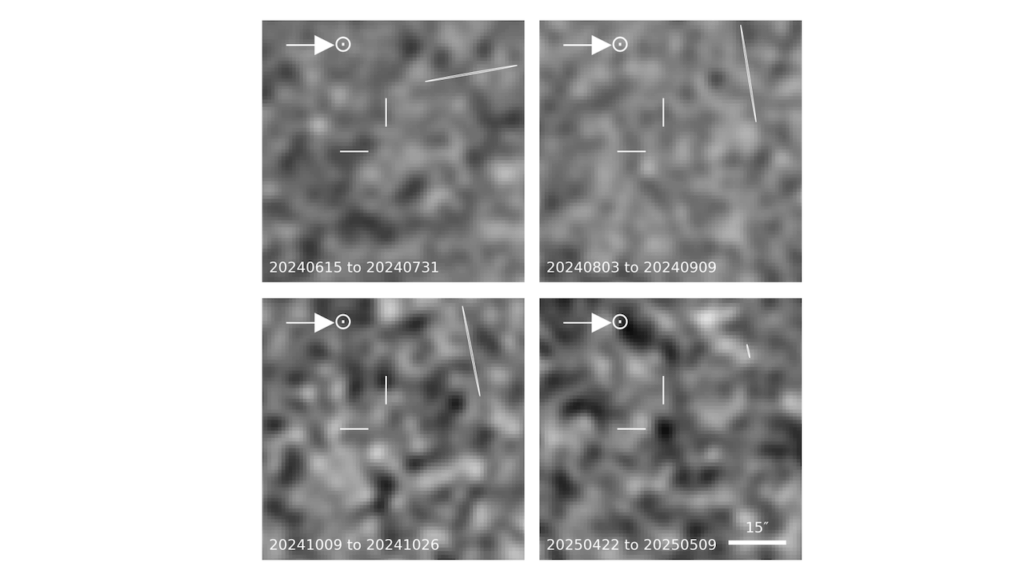Chirality in Astrophysics

Chirality, or handedness, enters astrophysics in three distinct ways. Magnetic field and vortex lines tend to be helical and have a systematic twist in the northern and southern hemispheres of a star or a galaxy.
Helicity is here driven by external factors. Chirality can also enter at the microphysical level and can then be traced back to the parity-breaking weak force. Finally, chirality can arise spontaneously, but this requires not only the presence of an instability, but also the action of nonlinearity.
Examples can be found both in magnetohydrodynamics and in astrobiology, where homochirality among biomolecules probably got established at the origin of life. In this review, all three types of chirality production will be explored and compared.
Axel Brandenburg
Comments: 20 pages, 6 figures, 1 table, to appear in the proceedings to Nobel Symposium 167: Chiral Matter, eds. E. Babaev, D. Kharzeev, M. Larsson, A. Molochkov, & V. Zhaunerchyk, World Scientific, in press
Subjects: Solar and Stellar Astrophysics (astro-ph.SR); Fluid Dynamics (physics.flu-dyn)
Report number: NORDITA-2021-088
Cite as: arXiv:2110.08117 [astro-ph.SR] (or arXiv:2110.08117v1 [astro-ph.SR] for this version)
Submission history
From: Axel Brandenburg
[v1] Thu, 14 Oct 2021 09:06:17 UTC (1,529 KB)
https://arxiv.org/abs/2110.08117
Astrobiology








